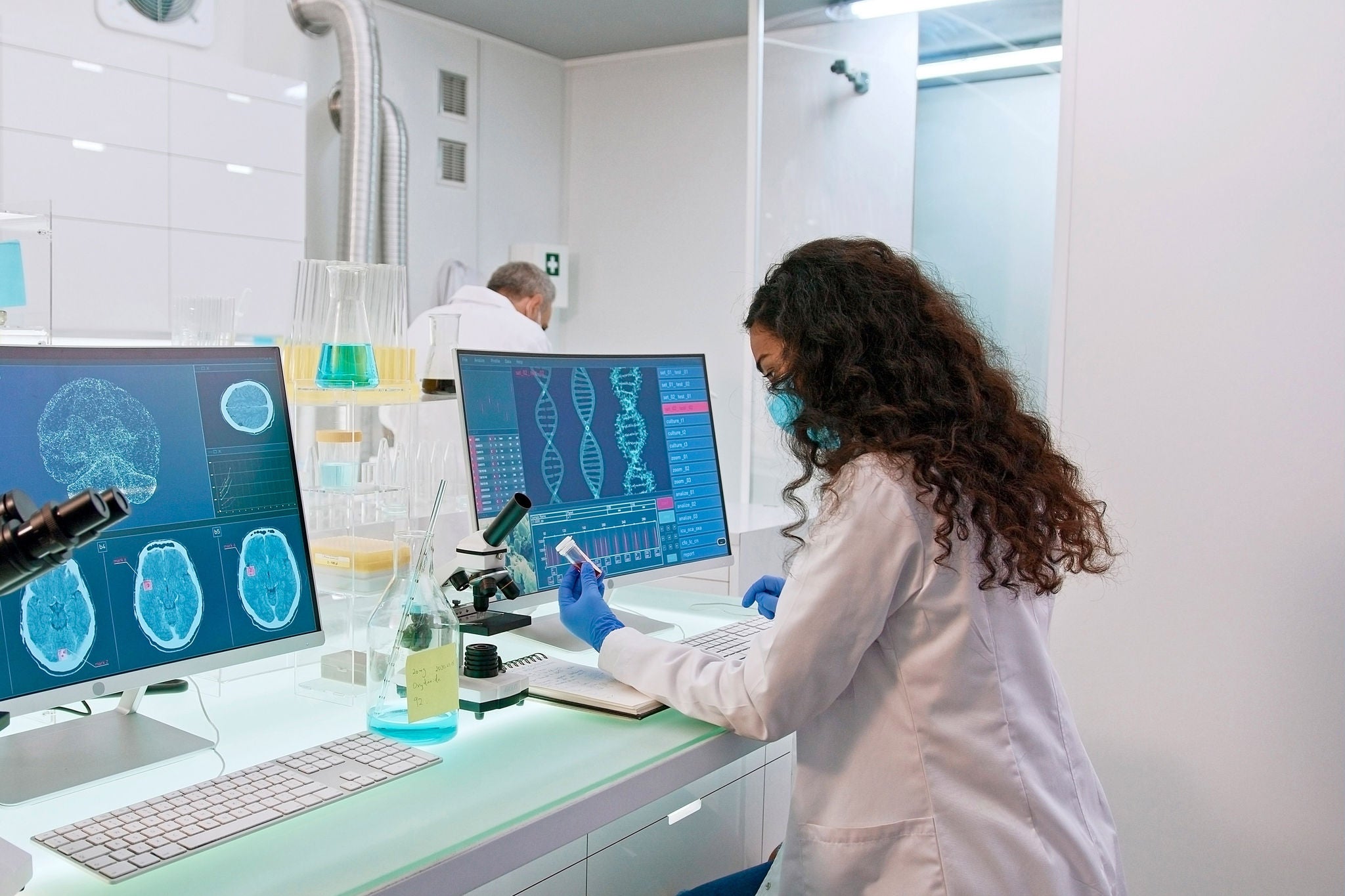Most clinical trials (87%) are based on ex vivo programs in which cells are harvested from patients, engineered and then re-infused into the patients. In vivo programs, in which the technologies are the therapeutic themselves, are still complex and present significant challenges, and are therefore currently not a popular choice yet.
Clinical trials assessing gene editing-based therapeutics
Unlike in vivo approaches, in ex vivo approaches, genome editing technologies are an enabler to design new therapeutics. It is easier to edit genes ex vivo in a laboratory and the risk of off-target editing is very limited, largely because cells can be screened for undesirable edits before being transferred into patients. Today, ex vivo applications are limited to specific pathologies, such as malignancies that, like lymphoma or myeloma, are liquid, and rare hematologic diseases, such as sickle cell diseases and beta-thalassemia.
Aside from the technical aspects, the driving factor behind the popularity of ex vivo approaches has been the rise of immuno-oncology. Nearly two-thirds (64%) of ex vivo trials involve CAR-T cells (chimeric antigen receptor T-cells, a type of cell-based therapy). The next largest group of trials are on therapies that involve the engineering of hematopoietic stem cells to treat rare hematological, monogenic diseases.
Meanwhile, allogeneic cell therapies, which are easier to mass manufacture than autologous therapies, have slightly overtaken personalized autologous cell therapies in the pipeline (51% vs. 49% of trials),3 despite a higher risk of adverse immune responses. Allogeneic genome-edited cells have the potential to provide off-the-shelf products that can overcome the logistical and manufacturing hurdles associated with the production of individualized cell therapies, as well as the limitations associated with autologous systems (e.g. cost, cell scarcity, product variability, donor cell dysfunction).
However, allogeneic approaches must add a level of genome-engineering complexity to prevent immune recognition and rejection. This can be achieved by disrupting the expression of specific surface receptors, which can be done by genome editors. That said, the rise of CAR-NK cells (chimeric antigen receptor NK cells, a type of cell-based therapy using natural killer or NK cells), which have a great promise as a novel cellular immunotherapy platform against cancer and have a potential for generating off-the-shelf products, may mitigate the future need for additional genome editing to reduce the risk of graft-versus-host disease. One biotech company that uses the MAD7 CRISPR system for editing induced pluripotent stem cells (iPSCs) is currently testing an off-the-shelf adoptive NK cell immunotherapy product in acute myeloid leukemia (FT538).4
Currently, CRISPR applications in clinical trials are limited to targeted deletion of DNA. For example, a US biotech uses the technology to delete an intronic portion of the CEP290 gene in patients with Leber congenital amaurosis (LCA10), an ophthalmologic rare disease. The CRISPR system is administered through subretinal injection of adeno-associated viruses (AAVs) carrying a fragment of genetic material coding for both the Cas nuclease and guide RNA. By injecting the vector directly into the eye, the risks of systemic immune response and off-tissue editing are lower.
Another US biotech company administers its candidate systematically through intravenous injection to knock down the transthyretin gene in vivo to cure transthyretin amyloidosis, a neurological disease. To deliver CRISPR, the biotech company has developed a proprietary non-viral platform that uses lipid nanoparticles (LNPs) designed to deliver an mRNA fragment coding for the CRISPR system (Cas nuclease and guide RNA) to the liver.
Compared to AAVs, LNPs are less limited in the amount of nucleic acids that can be delivered per particle, which may prove useful for future applications based on complex edits. This technology is already used in other applications, such as the delivery of mRNA-based vaccines.





